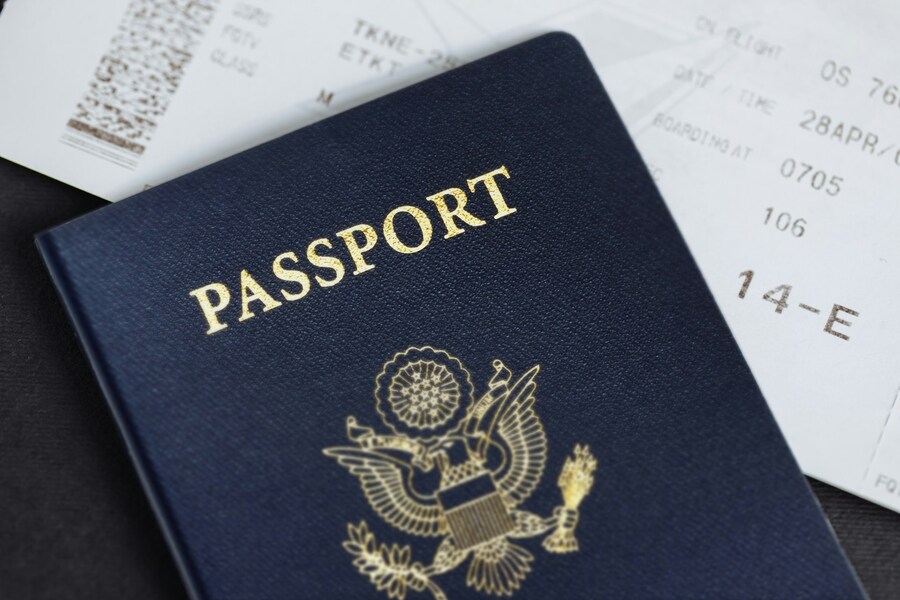You probably know about the Real ID – maybe you even have one. Here's the deal: starting May 7, 2025, every U.S. citizen aged 18 and older must have a Real ID or another approved ID to fly within the country. Without it, the TSA won't let you through.
So what is a Real ID and how can you tell if you have one? If you already have a passport, do you really need one? The quick answer is "no". Here's why…
Real ID: do you have the right credentials?

Source: Global Residence Index/Unsplash
The reason for the Real ID
The Real ID Act establishes a more secure, federally mandated standard for driver's licenses and identification cards. This initiative began in 2005, following a recommendation from the 9/11 Commission to the federal government. The commission suggested establishing uniform standards for identification documents, including driver's licenses and ID cards. The primary goal of the Real ID Act is to ensure that all U.S. driver's licenses and identification cards adhere to a consistent security benchmark. Moreover, it aims to prevent federal agencies from accepting non-compliant licenses and ID cards for specific purposes, such as boarding airplanes or accessing federal buildings.
Consequently, if you've obtained a new driver's license or identification card since 2005, there's a high probability that it already meets Real ID requirements. These compliant identification cards are currently being issued by all 50 U.S. states, along with Washington, D.C., Puerto Rico, the U.S. Virgin Islands, Guam, American Samoa, and the Commonwealth of the Northern Mariana Islands.
How to know if you have a Real ID
You know your driver's license or identification card is a Real ID if it has a star in the top section of the card (or, in California, a bear with a star cut out). You can check out the different "star types" (and the bear with a star) on the Real ID FAQs page at dhs.gov.
Using your passport as an alternative to a Real ID
For individuals who don't possess a Real ID, alternative forms of identification, such as a U.S. passport or passport card, remain valid for travel purposes. The official Real ID website's FAQs section clarifies that the Act doesn't preclude federal agencies from accepting other identity documents, including U.S. passports and passport cards.
Residents of Michigan, Minnesota, New York, Vermont, or Washington may have the option of using a state-issued Enhanced Driver's License as an acceptable substitute for a Real ID. These Enhanced Driver's Licenses and identification cards meet federal identification requirements for domestic air travel and entry into federal facilities. Identifying an Enhanced Driver's License is straightforward: the card will feature an image of the U.S. flag and the word "Enhanced" prominently displayed at the top. It's worth noting that most Enhanced Driver's Licenses and identification cards don't include the Real ID star marking in the upper right-hand corner.
Steps to obtain a Real ID
You can still travel within the United States using your passport, passport card, or Enhanced Driver's License, but you'll likely want a Real ID eventually. To get one, visit the DMV and provide at least these details:
- Full legal name;
- Date of birth;
- Social security number;
- 2 proofs of address;
- Lawful status.
Keep in mind, some states have extra requirements, so check your state's driver's licensing agency website before you go.
Make your trip smoother with affordable parking solutions from ParkingNearAirports.io!

Source: David Everett Strickler/Unsplash
Planning a trip soon? Don't forget to secure cheap parking by airport for a stress-free start to your journey! With an airport parking reservation made easy through our smart platform, ParkingNearAirports.io, travelers can enjoy parking discounts and seamless booking. Our service ensures convenient and affordable off-site parking, making your upcoming trip smoother than ever. Happy travels!






